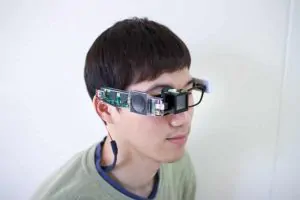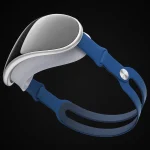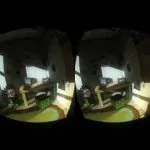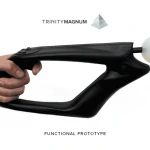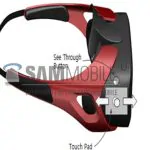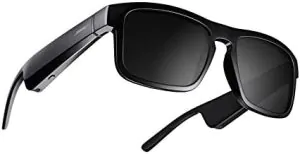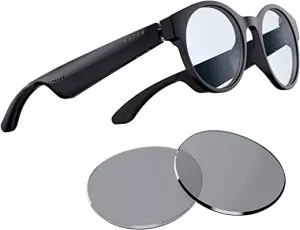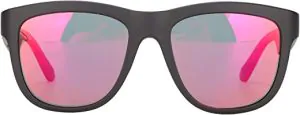
The company that brought the idea of smart glasses to the public is clearly Google with Google Glass. Despite this, other companies have really started to see what they can do with the idea. K-Glass is a set of smart glasses developed by the Korea Advanced Institute of Science and Technology, or KAIST for short.
The idea behind K-Glass is to give users an everyday augmented reality experience. The developers say that users will be able to walk into a restaurant, and have the restaurant name, menu, available tables, and 3D images of food displayed on their headsets.
One thing that makes K-Glass different is that it uses a different approach to augmented reality. K-Glass uses a process similar to that of the human brain rather than using things like algorithms, QR codes, and facial recognition.
The process is called Visual Attention Model (VAM) and it reproduces the human brains ability to categorize relevant and irrelevant data. When humans process visual data, they use different sets of neurons that work on different levels of decision making. One set completes part of that process, and then relays the information to another set to complete the process.
The team behind K-Glass did a similar thing. K-Glass has different components that compartmentalize the processing of data. This gives the headset improved energy efficiency. In fact, according to KAIST, K-Glass can deliver 122.22 tera-operations per second, which is apparently a 76% improvement on power compared to other devices.
The team is set to present this data at the Solid-State Circuits Conference in San Francisco, California later this year.
